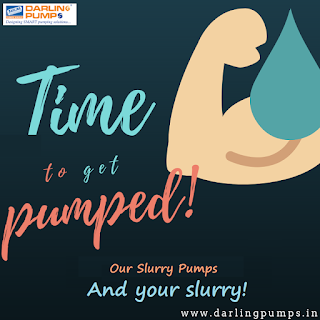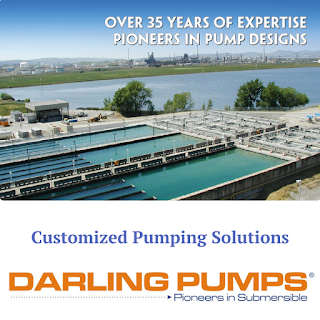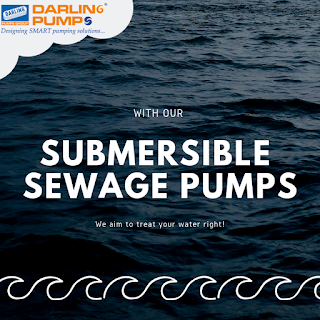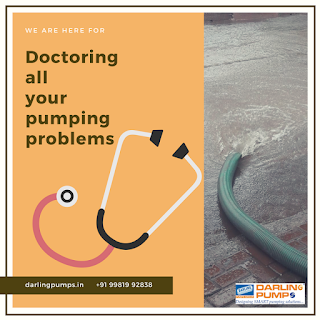In simple terms, a water pump refers to a mechanical device that does
the job of transporting media. This is done by transforming the
energy that is being supplied by a motor, into hydraulic energy. When it
comes to choosing the right water pump, be it sewage pumps, or
dewatering pumps, or any other kind of pumps, there are some things that
should be carefully considered.

So, when we look at the first criterion for choosing any water pump, it becomes the type of media that is concerned. The right thing to do is to take into account the technical characteristics of the media. It is because they are the ones that will determine the choice to be made.
Further, to properly dimension the machine as well as to calculate the operating point of the water pump, it is important to know the parameters of the network. They include flow rate, static head, frictional losses, total working head, contamination (solids) in media and more like it.
This blog helps in giving you an overview of a few main types of pumps as well as the situations in which they are generally used.
Firstly, one needs to determine what media is going to be transferred, this is for avoiding corrosion phenomena and by that also avoiding premature wear of the pump. Therefore, it is highly essential to know the chemical composition of the media that is to be pumped. One needs to determine if the media is chemically neutral or corrosive, this aids in choosing materials that will be compatible with the pumped media
Secondly, one should know the possible presence of solid components, and the viscosity of the media. Knowledge about all the physical properties of the treated fluid allows choosing of ideal technology for given application as well as the ensuring that pump operates trouble free under given conditions.
Remember a general rule, that the more viscous the media at hand, the tougher the flow through the pumping system. However, be careful as the viscosity varies according to different operating conditions.
Thirdly, there are different types of pumps out there. They are:
- Centrifugal pumps; where the fluid gets sucked by a paddle wheel/ propeller (most common model).
- Diaphragm pumps; where the fluid is sucked in through the oscillation of a diaphragm.
- Piston pumps where the fluid is sucked in as well as out by one or more pistons’ reciprocating movement.
- Peristaltic pumps; where the fluid gets pushed into a pipe that is compressed by rotating rollers.
- Submersible sewage pumps; where the fluid is pumped by submerging the motor under the liquid.
So, when choosing sewage pumps, or any other pumps like dewatering pumps, make sure to consider these three points before making the final decision.
To know more facts like above, call Darling Pumps at +91-99819-92833 or visit http://www.darlingpumps.in/.
To know more facts like above, call Darling Pumps at +91-99819-92833 or visit http://www.darlingpumps.in/.












